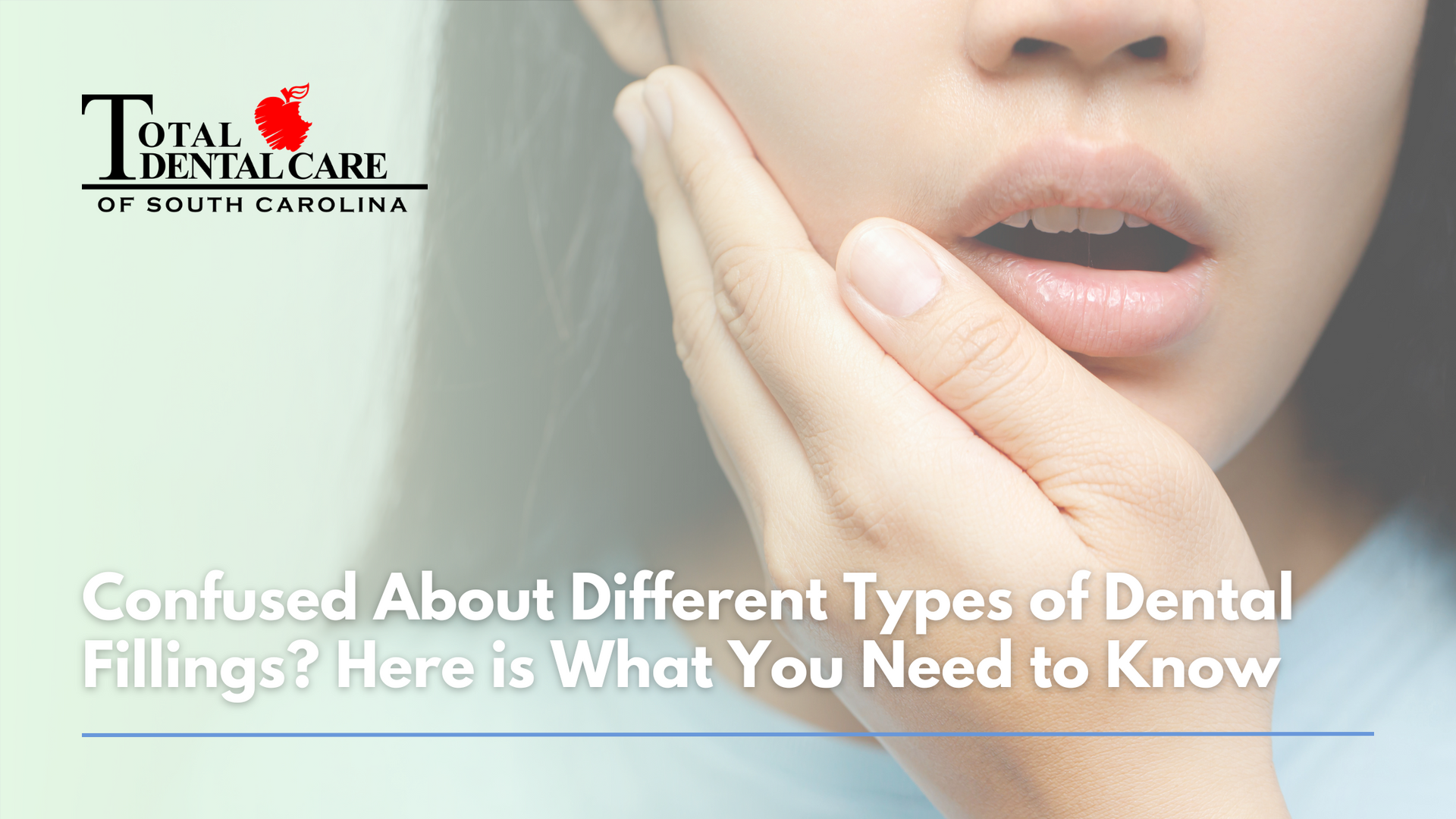Afraid of the Dentist? Try Sedation Dentistry
It is often advised that people go to their dentists at least twice a year for regular checkups. This sounds like a simple routine for some, but for others this might just be one of the days they dread the most. They experience dental anxiety that causes them to avoid all treatments. To overcome dental anxiety and get the necessary dental care, sedation dentistry is often recommended.
What is Sedation Dentistry?
Sedation dentistry , also called sleep dentistry, uses medication during a dental procedure in order to let the patient go into a state of deep relaxation. This is a good option for people who become really nervous every time they go to the dentist or for patients who have some trauma or negative experiences from past treatments.
Other instances where sedation dentistry could be ideal include major dental procedures like having implants attached or surgeries required during tooth extraction. It could also be an option if your treatment will require multiple procedures in just one sitting.
With this treatment, patients will be put in a conscious sedative state, able to answer questions and be fully alert during the entire procedure. There is also an option to have an unconscious or deep sedative state, but this is not often used.
Types of Sedatives Used
-
- Oral SedativesOral sedatives are often pills that patients need to take at least an hour before they arrive at their dentist’s clinic. After the intake, patients will feel relaxed yet still conscious and able to talk.
- Nitrous OxideNitrous oxide (N2O), also known as laughing gas, is a gas that you can breathe in without experiencing irritation. It has no color and smell and is used to put the patient in a deep relaxed state. One of the advantages of Nitrous oxide is that it works very rapidly. It can reach the brain within 20 seconds, and patients start feeling relaxed in just 2-3 minutes after inhaling the gas.
- IntravenousThis is a type of sedative that is delivered directly into the bloodstream. Also known as IV, it results to a quick onset of deep relaxation. Using this sedative, patients usually do not have much recollection of the dental procedure they just went through.
- General AnesthesiaThis type of sedative is only used for extreme cases of dental phobia or for procedures that are very complex in nature. It brings the patient into a fully unconscious state, which is a rare form of dental sedation.
With sedation dentistry, patients now have a chance to complete overdue dental procedures without becoming overly nervous or stressed. For more information about this treatment, check out https://getabettersmile.com/.
You can get expert sedation dentistry consultation and excellent dental care from Columbia dentist, Dr. Doug Forbes. Call today at 803-272-4162.
The post Afraid of the Dentist? Try Sedation Dentistry appeared first on Total Dental Care of South Carolina.



We are the local Columbia dentist near you!
Smile more and smile often.
Request A Dental Appointment
We look forward to seeing you soon!
Please note, we will try our best to accommodate your schedule.
Regarding insurance, we accept all PPO insurances, but are considered out-of-network for most plans. We are only in-network with Delta Dental. As a courtesy to all of our patients (in/out of network), we take care of the claim filing and processing. We do not currently accept patients on Medicare or Medicaid.
Thank you so much for contacting our dental practice. While we strive to respond to all inquiries right away, we may be away from the desk helping a patient or out of the office. We will do our best to reach back to you shortly.
Please note, if this is a dental emergency, it would be best to call our practice as this is the fastest way to reach us (803) 798-1670.
Please try again later
Columbia Dentist
We understand that trying to find a nearby dentist you can trust is difficult, that is why we make it easy for you to work with us.
(803) 798-1670
1061 St Andrews Rd, Columbia
info@getabettersmile.com
Helpful Links
Dental Practice Hours
- Monday
- -
- Tuesday
- -
- Wednesday
- -
- Thursday
- -
- Friday
- Appointment Only
- Saturday
- Closed
- Sunday
- Closed
All Rights Reserved | Total Dental Care of South Carolina
All Rights Reserved | Total Dental Care of South Carolina
Dentist Website Diagnosed, Treated, and Cured by Dr. Marketing Inc
